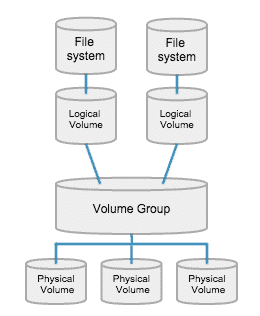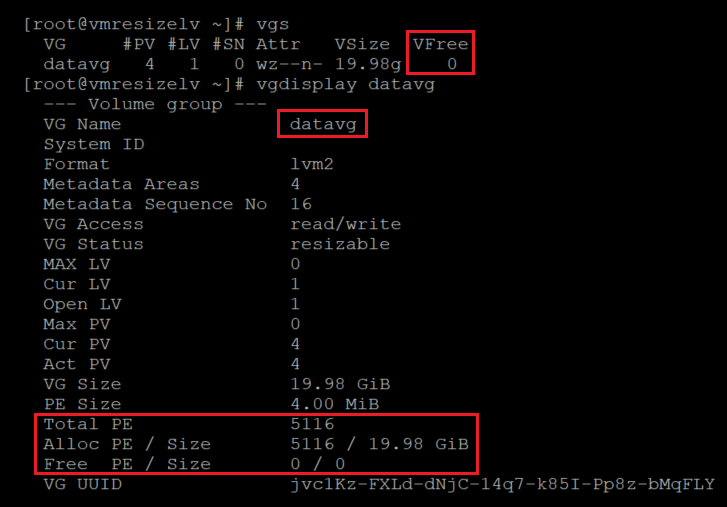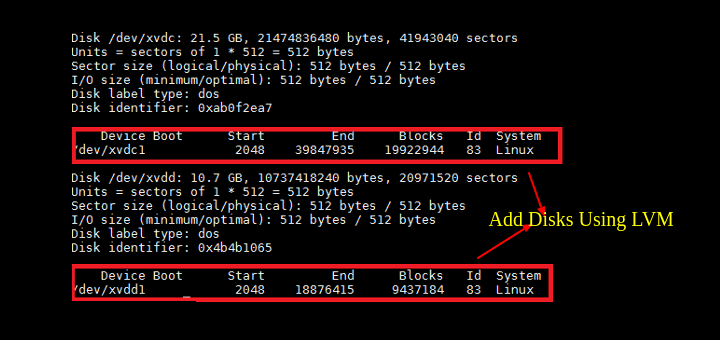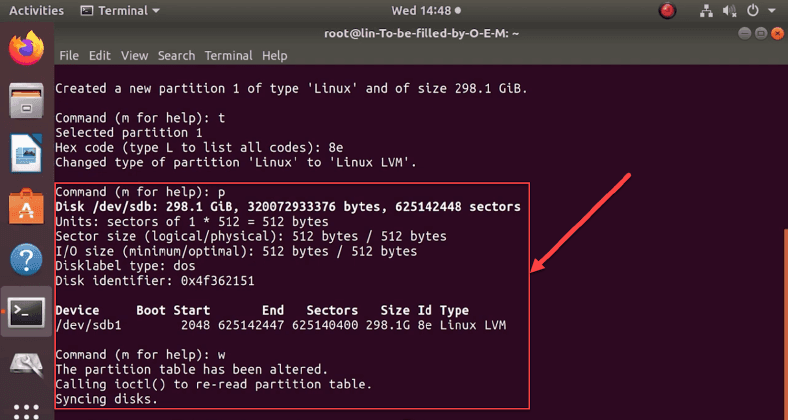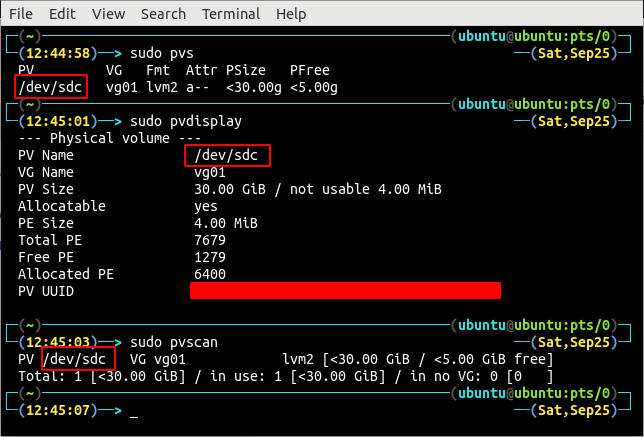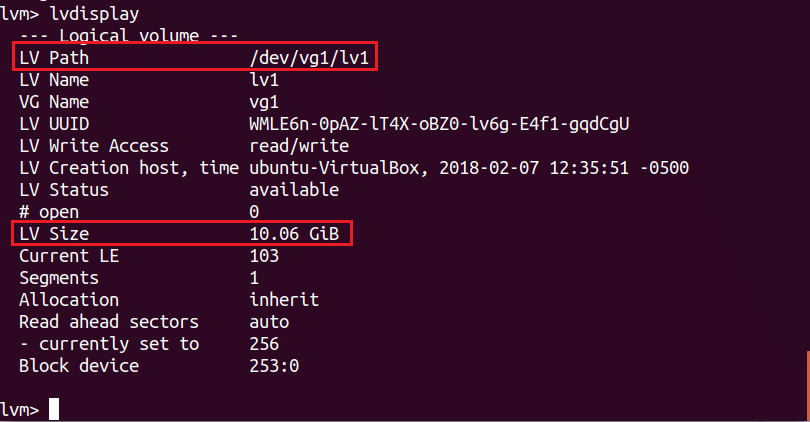Unbelievable Tips About How To Check Lvm
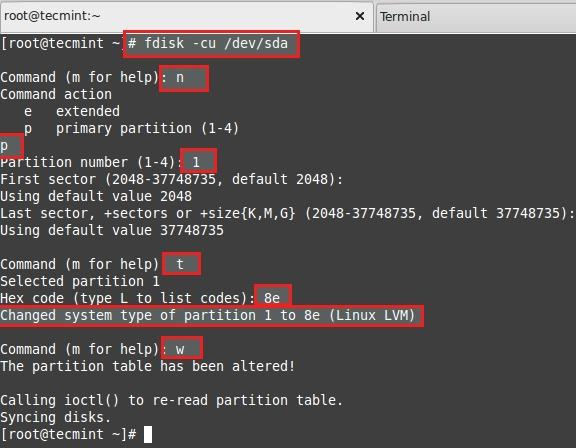
The latest versions of red hat enterprise linux, centos and fedora all support lvm thin provisioning.
How to check lvm. Shows you the physical device (s) corresponding to all your volume groups. But because it's a lvm (i think?), it's giving me something like this, which isn't helpful. Lvm2 pv (linux logical volume manager), uuid:
The commands pvdisplay, vgdisplay and lvdisplay will show you the configured physical volumes, volume groups and logical volumes respectively of the lvm subsystem on a. Cat /etc/fstab watch the line with your root filesystem. Use the appropriate command below to install lvm with your system’s.
Inter alia, my system shows, for example. Lvm needs to scan the disks for lvm meta data. You can use the raw disk such as /dev/sdb or /dev/sdc as lvm pv.
It uses vgscan to do so. This will display information about all of the. Lvm has no problem with that but it is not recommended as other operating systems won’t be able to detect lvm metadata and you may not be able to tell whether the disk is set up to use lvm if you have many disks lying around.
Your linux system may already have lvm installed, but it doesn’t come installed by default on every distro. # lsblk name maj:min rm size ro type mountpoint sda 8:0 0 20g 0. You can also just check your fstab file:
If the line starts with uuid=xyz, this means it's a physical partition. Display physical volumes (pvs and pvdisplay) to display physical volumes (pv) on a system you can issue the pvs command: First we can see our drive layout with lsblk :




